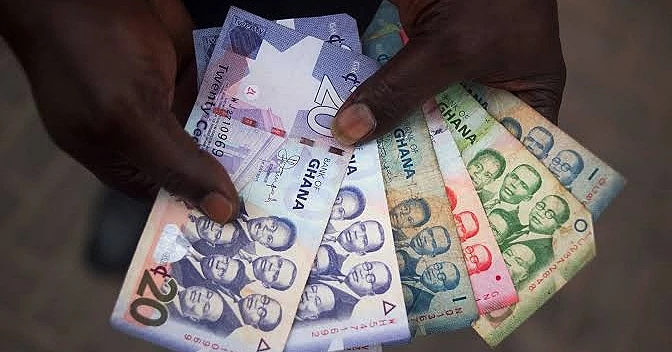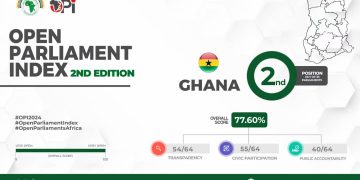Cedi Ranked 7th Strongest Currency in Africa
The Ghanaian cedi emerged as Africa’s seventh strongest currency at the end of the first quarter of 2025, trading at GH¢15.48 to the US dollar, according to the Forbes currency calculator.
Figures from the Bank of Ghana show that the cedi depreciated by 5.3% on the interbank market over the period. In the retail market, the local unit saw a more measured decline of nearly 3.0% against the US dollar.
Africa’s Currency Rankings
The Tunisian dinar maintained its position as Africa’s strongest currency, trading at 3.09 per US dollar. The Libyan dinar, Moroccan dirham, Botswana’s pula, Seychelles rupee, and Eritrean nakfa followed, ranking second to sixth, respectively.
The cedi placed ahead of the Lesotho loti, Namibian dollar, and South African rand, which occupied the eighth to tenth positions.
The top five currencies recorded modest appreciations compared to the previous month, signalling relative stability in select African economies.
Currency Stability and Economic Confidence
According to Forbes, a strong and stable currency is a critical asset for economies seeking sustained growth and international competitiveness. Exchange rate stability acts as a buffer against economic volatility, reinforcing purchasing power and bolstering investor sentiment.
Kenya’s shilling serves as a case in point, having maintained relative stability due to consistent foreign inflows from remittances and non-governmental organisations.
The latest rankings underscore the evolving dynamics of Africa’s foreign exchange landscape, highlighting the role of monetary policies and external capital flows in shaping currency performance.








